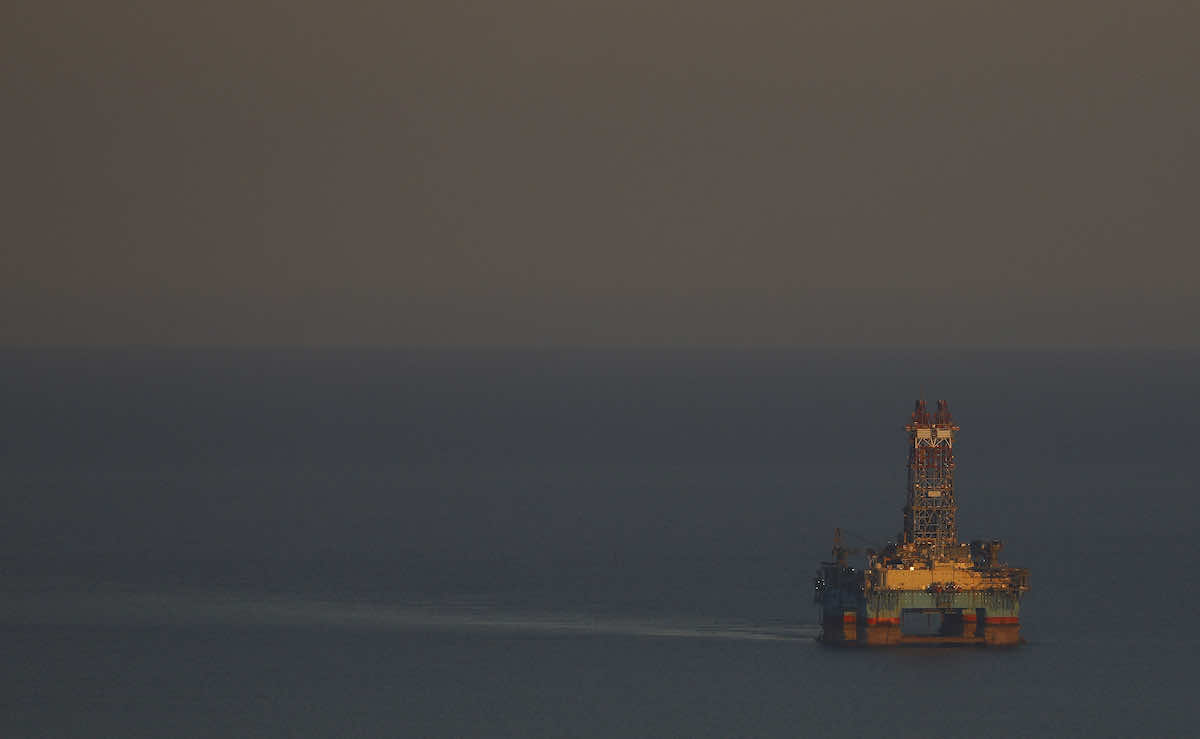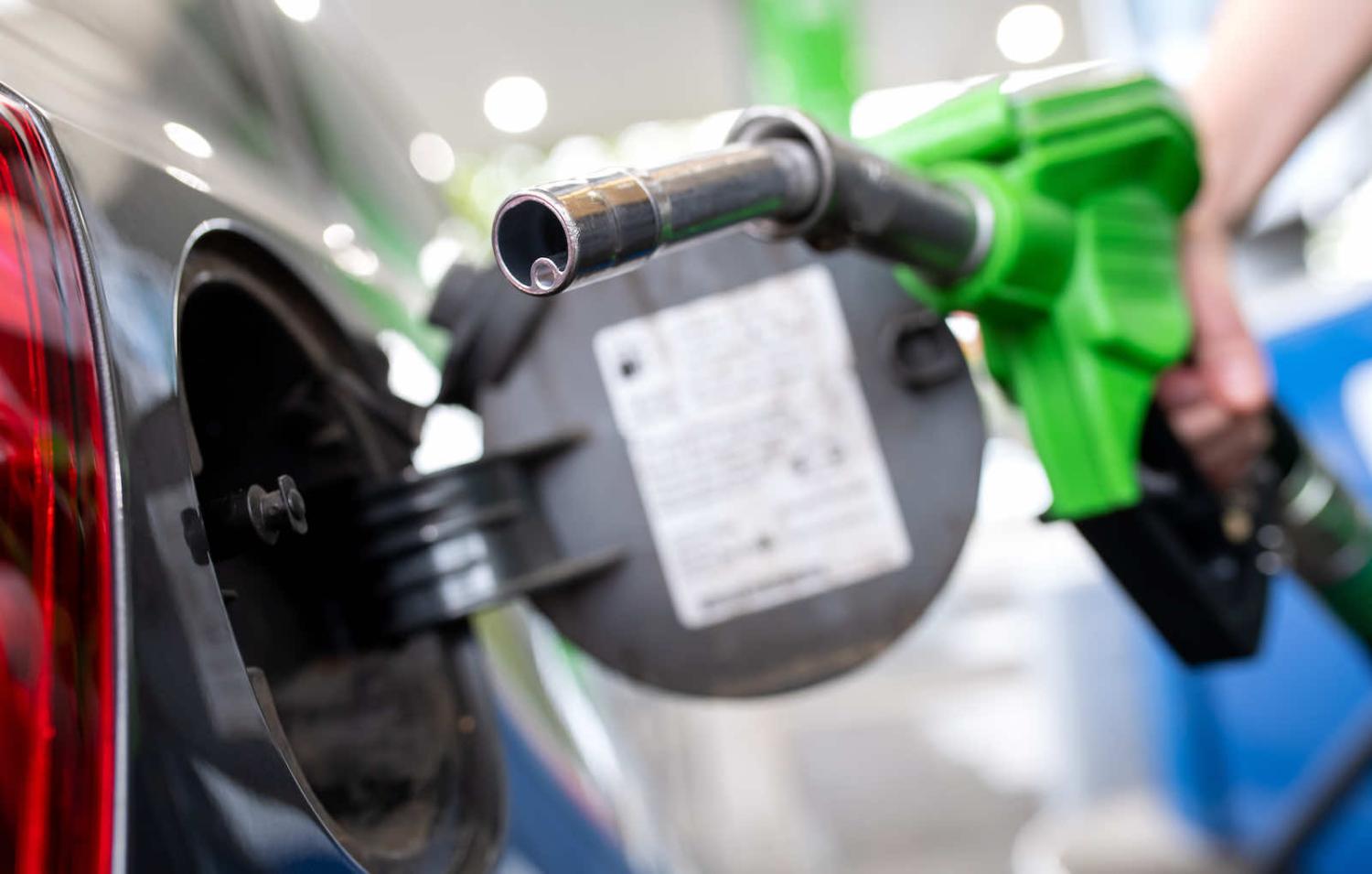The 1 July OPEC meeting ended in deadlock. Although all the major oil producers agreed in principle to collectively boost production by 400,000 barrels per month from August through the end of 2021, they failed to agree on how long the production agreement should last, putting the whole deal on hold. This deadlock represents the latest divide over market share, this time, about how to distribute reopening gains.
The holdout, surprising to some, was the United Arab Emirates, a country has typically over complied (cutting more than mandated), along with its larger neighbour, Saudi Arabia and which has long maintained spare capacity. While the UAE has long had one of the lower fiscal break-even points (the oil price needed to sustain its spending), it has rarely been a holdout.
What’s changed is that the UAE (or rather Abu Dhabi, the oil-rich largest emirate) has been investing heavily to boost boosting its production capacity and leveraging its infrastructure. Both measures increase its desire to reset its future production within the group, while it can. This divide within OPEC also comes as the Saudi-Emirati relationship faces several areas of increased competition as both countries face greater urgency to diversify their economies.
The standoff spoiled the recent Saudi narrative of “predictability” in which gradual production increases would maintain the market share of OPEC (and the broader OPEC+ grouping, which also includes, Russia, Kazakhstan and Mexico), helping meet global demand which is increasing despite the latest deadly Covid waves.
With environmental regulations looming, keeping mineral resources in the ground is less attractive. Producers such as the UAE want to make money from their assets today and set up robust future asset streams that will be robust to the shift to net zero production. This revenue comes not only from production sales but also from leveraging energy infrastructure via bond, equity and private capital markets. In fact, the energy sector dominated FDI and financial transactions in the region in recent years. So much for diversification.

In recent months, the global economy has been more reliant on OPEC and its allies. Non-OPEC+ countries struggle to increase supply due to financing and regulation. Meanwhile oil inventories are falling – as demand revives. This is most notable in the US where auto and flight transport is close to pre-pandemic levels, local production is stagnant and data quality means that analysts can see it.
OPEC cohesion often breaks down when oil prices are relatively high as countries differ on whether between boosting cash flow via increased price or more volume. When oil plunges below US$50/barrel, the benefit of sticking together is attractive. At higher price points, producers that can pump more want to do so, aiming to boost revenue via higher production even if lower per barrel cost. Now, before the sanctions-induced production cuts in Iran force an adjustment (although a renewed nuclear deal is far from imminent), before Iraq is able to boost production, this may seem like an ideal time to begin to adjust the medium-term production targets, to reset who benefits from the new new normal.
Like many commodities caught in the 2020 demand collapse, oil supply is still adjusting to the fundamental swings. Demand drops in 2020, exacerbated by a different and arguably more damaging intra-OPEC+ battle for market share ultimately forced producers to make even very extensive cuts to balance the market. Since many economies have reopened, even if international borders remain shut, oil demand is near 2019 levels, even as non-OPEC+ producers privilege cash flow amid regulatory uncertainty.
Historically, two factors drove long-term production decisions – availability of reserves and cost of exploiting them (themselves driven by technology, local policy). Now, the allocation of carbon budgets is also a factor. With new commitments on emissions reduction, projects that are more financially costly and carbon intensive will struggle for financing – and many new projects may fail to launch. Lower cost producers, including those in the Gulf Cooperation Council believe they deserve most of this limited budget. This debate helps to drive ongoing balance sheet shakeups in the energy sector as both national and international oil companies are shedding assets to private funders.
The US government has belatedly become involved in mediation, but the narrative is complicated by the bad blood over several pipeline cancellations and new regulations.
What does this mean for the global economy and oil production? Despite the deadlock, production is likely to edge up in coming months.
Still, OPEC+ seems behind the curve, and price gains in gas and coal are adding to inflationary pressure, especially in many emerging economies where local currencies have been under pressure (Turkey, South Africa to name a few), amplifying growth challenges. The withdrawal of unprecedented fiscal and monetary support provided to temper the effects of the pandemic will constrain the recovery in overall growth and fuel demand. In the short-term, expect more supply volatility. Financial investors in the energy space have likely been rushing to hedge their production at high prices to avoid a sharp drop, which could add to such volatility.
Demand may temper slightly especially as costs are passed on to consumers. Current prices – near $80/barrel – will also restrain some demand growth – especially the strategic kind. They are above levels where Asian buyers, notably China, will want to add to their strategic reserves.
Several reasons suggest a repeat of 2020 policy mistakes is unlikely. In March of 2020, rather than responding to a demand shock by cutting production, OPEC+ leaders engaged in a race to the bottom, forcing them eventually do make more aggressive cuts. Demand is indeed picking up. Even countries experiencing more aggressive waves of Covid are reluctant to do full lockdowns, putting a floor in the demand outlook.
Few producers have short-term surge capacity. Sanctioned-Iran may struggle to boost production as intermediatory and shell companies capture most of the profits. Similarly sanctioned Venezuela has damaged its production capacity too much – as has underinvestment and new nationalisation pushes in Mexico.
Does this mean the end to OPEC or OPEC+? Probably not. The benefits of belonging to such a cartel remain. But as often happens when prices rise, interests within the group will diverge.
The US government has belatedly become involved in mediation, but the narrative is complicated by the bad blood over several pipeline cancellations and new regulations and other domestic and foreign policy priorities.
All of this will make it more difficult to come together when inevitably there is another bout of oversupply. It will also keep these countries divided by their interests at global groupings including the upcoming climate change talks at the Glasgow summit, G20 and international financial institution deliberations.

